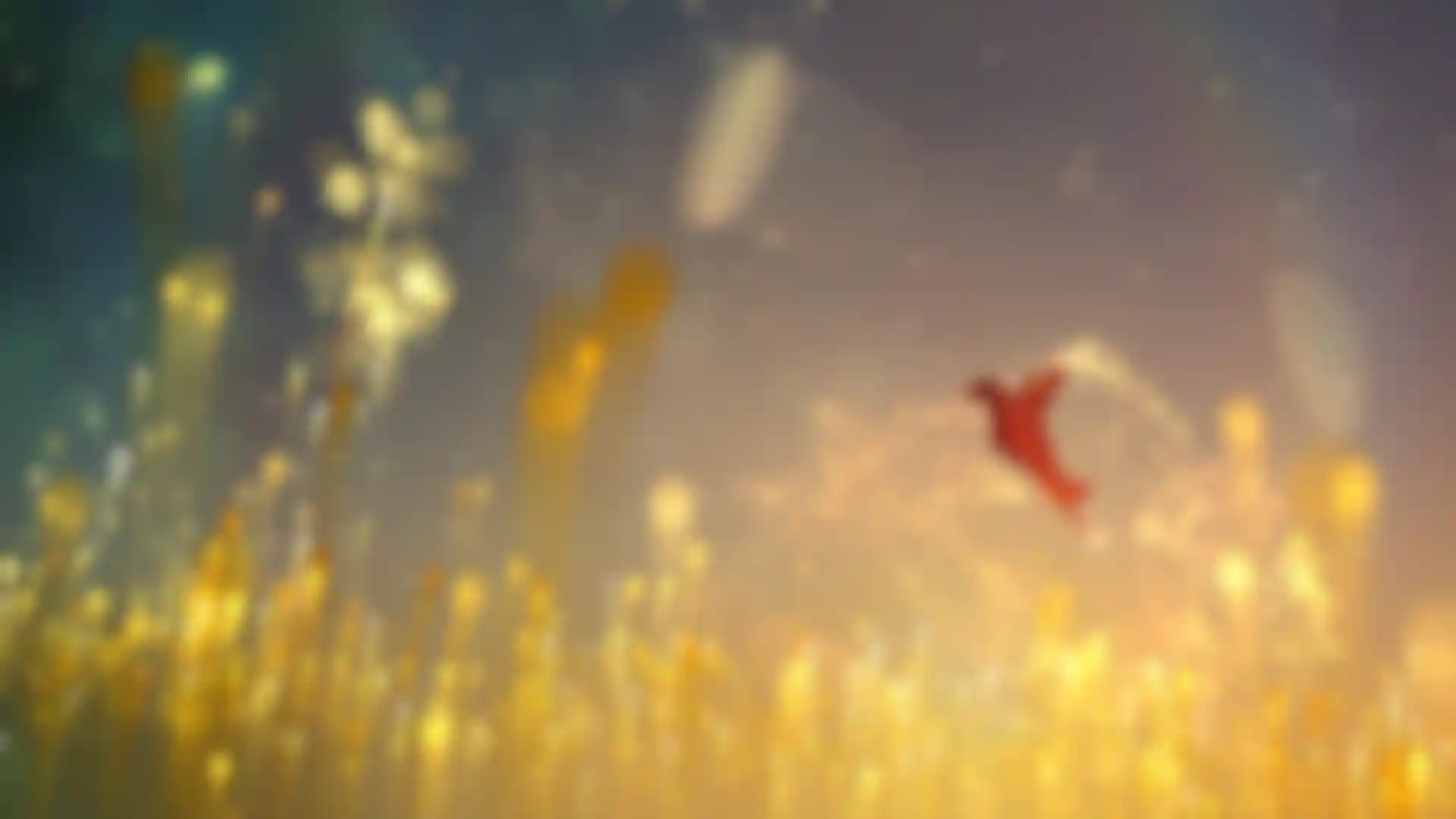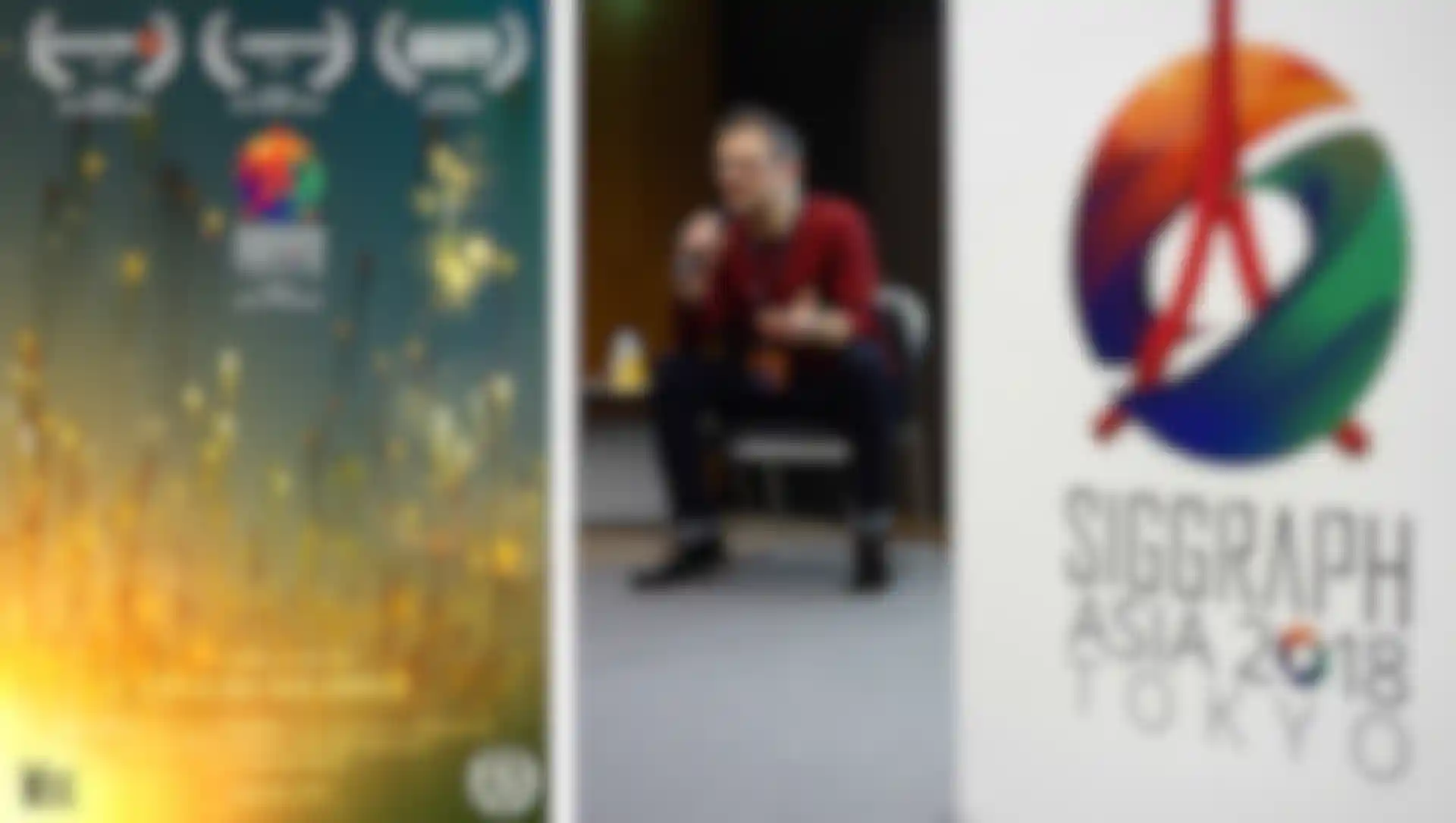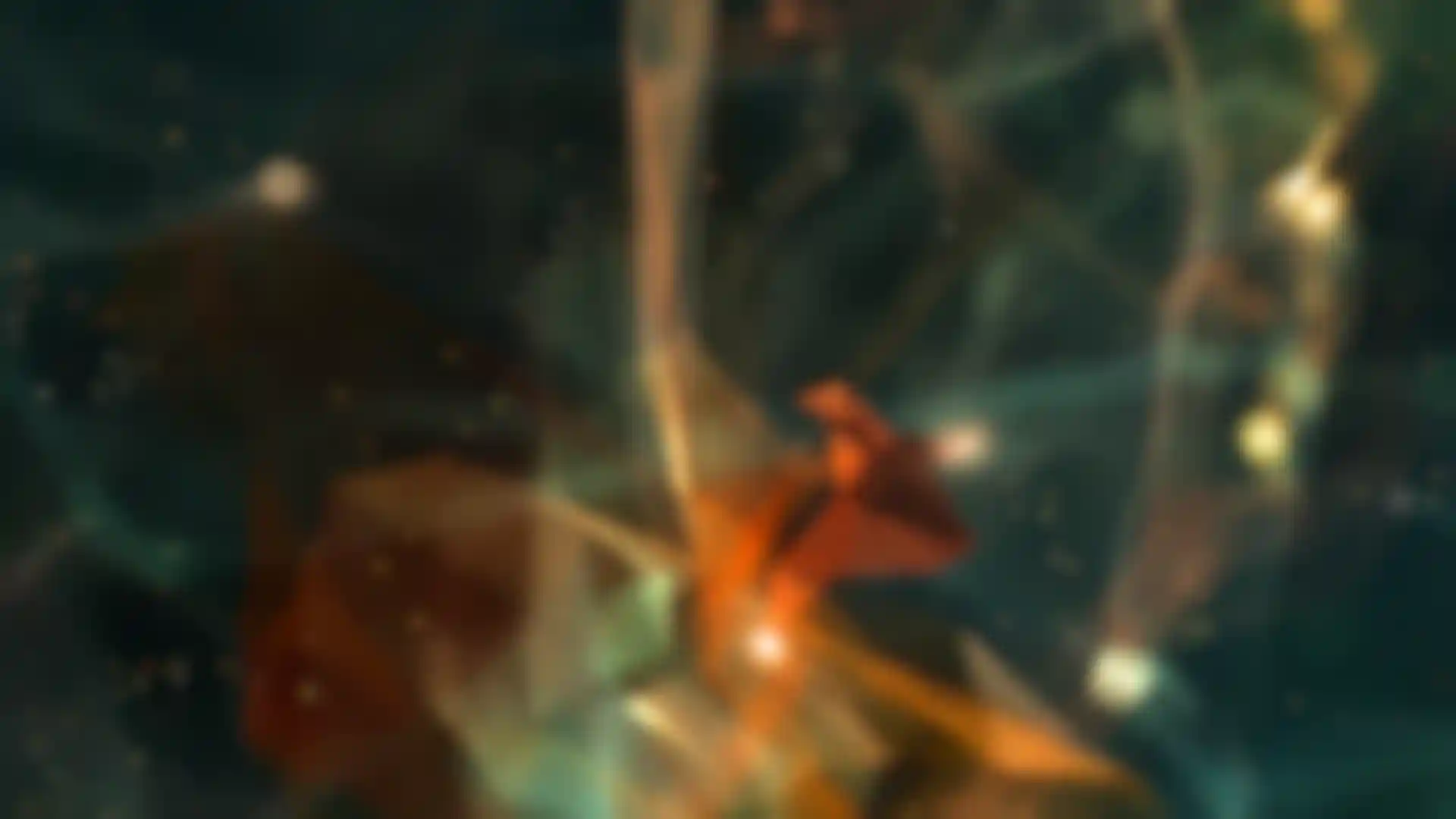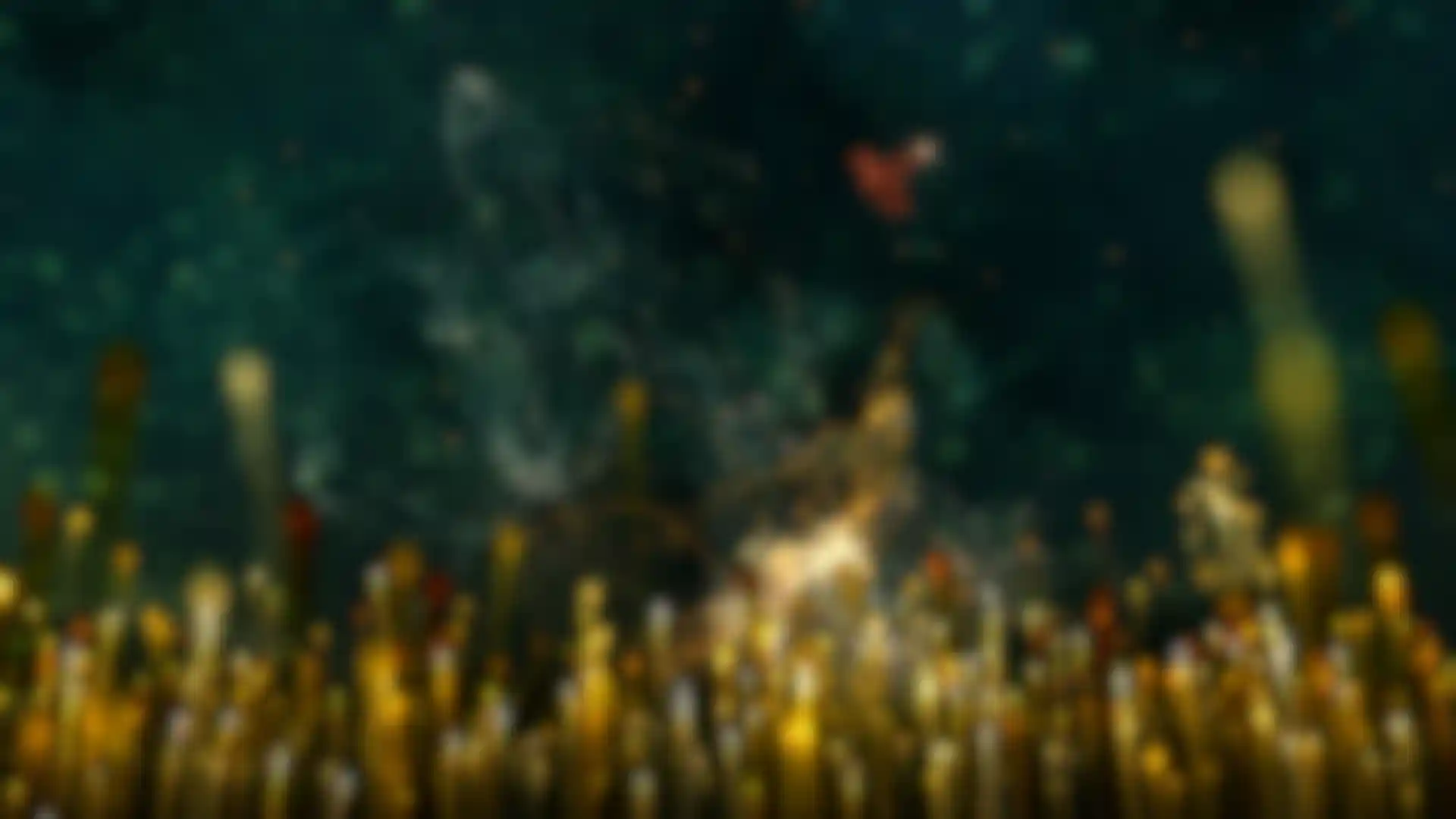
Music in Motion Jean-Marie Marbach talks about how he used Trapcode and After Effects for his animated music video that has twice been featured at SIGGRAPH.
Jean-Marie Marbach loves particles and is fascinated by how abstract animation can trigger emotional responses. Inspired by visual music, which converts music into visual forms, he created an animated music video for the track “L’oiseau qui Danse” ("The Dancing Bird") by the band Tennyson.
The project won Best in Show at SIGGRAPH Tokyo in 2018, and it was recently featured again at SIGGRAPH 2023 in Los Angeles as part of a celebration of animation over the last 50 years.
We talked with Marbach about how he used Red Giant’s Trapcode and After Effects for the animation, which was also influenced by a lamp in his home and the philosophy of British fashion designer Paul Smith.
Tell us about yourself and your background.
Marbach: I’m a French, self-taught digital artist specializing in particle animation and FX. After a year or so learning After Effects, I started sending my reel to production companies until I found a position. Now, I work on all kinds of projects, from commercials to feature films and visual content for large-scale events. I also direct music videos and am involved with Maxon as part of the Trapcode beta team.

Talk about the Tennyson project and where your inspiration came from.
Marbach: I have always been drawn to visual music where the animation is so closely linked to the tune. I see colors and shapes when I listen to music (known as synesthesia), and a visual music piece seemed like a perfect way to explore this passion. Though “L’oiseau qui Danse” turned out less abstract than a typical visual music video because of the literal origami bird and its somewhat narrative structure, the close connection between animation and music remained.

Besides the Tennyson song, I was also inspired by a lamp I have at home that has a stylized flower on it made with simple dots. Looking at it, I saw how I could create an entire field of luminescent grass and flowers with particles.
The philosophy of British fashion designer Paul Smith was also very influential. I once directed a profile of him that featured his design of an Evian bottle. During the shoot in London, he laid out his creative process and where to seek inspiration from. I was most impressed by these words: "If you’re looking at what other designers are doing, what other products are out there, it’s like reading yesterday’s newspaper, which nobody wants".
He then went on to explain the importance of keeping a child’s eye, a lateral mind and how being constantly curious makes everything around him a potential source of inspiration. Striking words that led me to follow the same principles ever since, and it's what I experienced when I found inspiration in my lamp.
How did the Tennyson project get the attention of SIGGRAPH?
Marbach: I submitted it to the SIGGRAPH 2018 Electronic Theater competition and two months later I was shocked to learn that my piece would be receiving the Best in Show award at the Tokyo event. I had to read their email twice! I couldn’t believe it at first, if only because of the other big-name artists and studios I was competing with.
How did you create an entire project with particles?
Marbach: Creating a video entirely with particles was something I had been interested in doing for a long time. Particles are so powerful and versatile, you can create anything with them, from atoms to nebulae and pretty much everything in between in a huge range of visual approaches from stylized to realistic. Over the years, particles have become my main creative tool. No matter the project, client or creative guidelines, I always find a way to feature particles on way or another.

Tell us about how you made the bird and other elements.
Marbach: Technically, the origami bird could have been created with Mir, but in this case, it was simpler to use parented and textured 3D layers in After Effects. That is the only concession I made to my personal 100-percent-particles challenge.
The grass field, the flowers and the trails behind the bird wings were all done with Particular. The origami totem, colored wisps chasing the bird and the abstract energy cloud in the last scene were created with Mir. The ambient particles in the air were handled by Trapcode Form.

Did you develop any new techniques or workflows during the project?
Marbach: I needed some animation functions that are not currently in After Effects, so I hired AE expression guru Dan Ebberts to author some custom expressions. Dan’s expressions allowed me to link the 3D coordinates of the bird’s animated wing tips from a 3D pre-comp to particle emitters in my main scene. I was also able to link the particle amount generated by the wings to their velocity, so the intensity of the trails remained even.
How do you feel about the project being once again featured by SIGGRAPH?
Marbach: Thrilled and honored, not only because that’s a first in SIGGRAPH history, but also because my project was part of the SIGGRAPH 50th anniversary celebration. From Tokyo 2018 to Los Angeles 2023, this has been a journey I would have never dreamed of while playing Tennyson’s music for the first time.